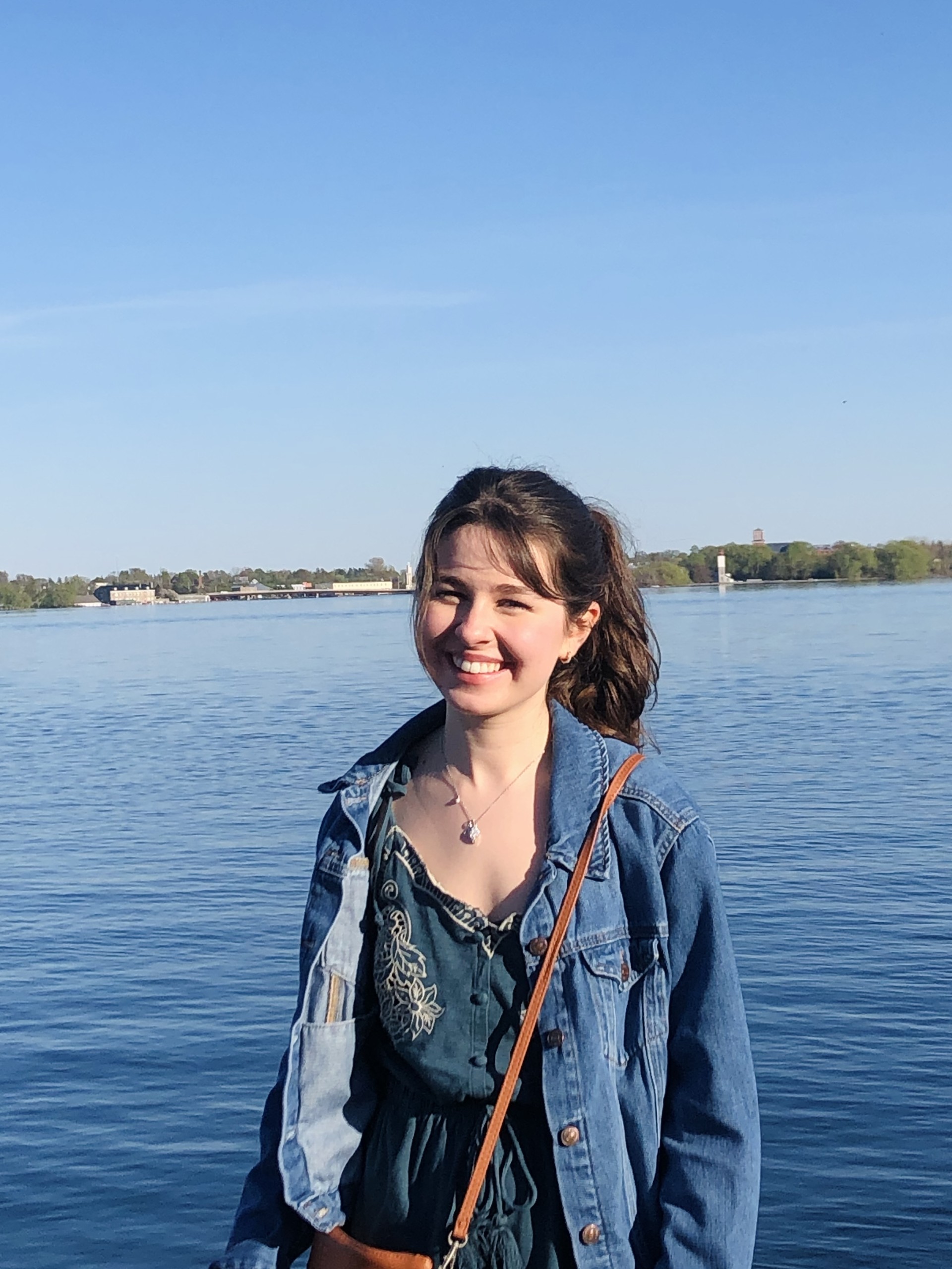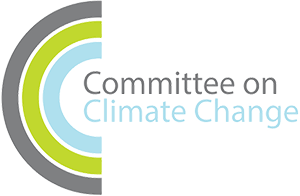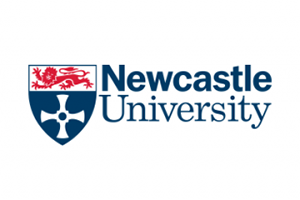Cohort 6
 Caitlin de Vries
Caitlin de Vries
- One Planet Researcher, based at Newcastle University School, of Maths, Statistics & Physics
- Email: C.S.Devries2@newcastle.ac.uk
Project Title:
The environmental biophysics of microalgal migration in snow
Supervisory Team:
Dr Ottavio Croze (Newcastle University), Dr Melody Sandells (Northumbria University)
Bio:
Throughout the completion of my undergraduate degree in Physics, I volunteered as an endangered bird and amphibian surveyor with a local conservation authority. Although I found my degree fascinating, I realised I had an equal passion for conservation and environmental science. With this in mind, I set out to combine the two subject areas in my future career path. After working in data science for a few months, I moved from Ontario, Canada to Newcastle to complete an MRes in Environmental Geoscience. Since completing my master’s degree, I have been working at the Environment Agency as a research scientist. In this position I have been contributing to projects that aim to protect human and animal welfare through monitoring and analysing water and land contamination. While working on these projects, I’ve been able to apply my mathematical knowledge from my first degree to efforts in spatial modelling and handling long-term environmental datasets. I’m hugely looking forward to beginning my PhD in January 2025, aiming to further educate myself in environmental science and become a more well-rounded researcher.
Project overview:
Microalgal blooms and the dynamics of their propagation are well studied within many ecosystems, namely across marine and estuarine environments and substrates. The mechanics of microalgae species inhabiting snowpacks within polar, arctic and alpine environments are arguably understudied in comparison. Snow algae, particularly the species Chlamydomonas nivalis, a unicellular green algae, are found worldwide. Despite their widespread presence and global significance in carbon sequestration and snowmelt, an important feature of snow algae migration yet to be understood is the biophysics of their swimming within snowpacks.
Snow algae colonies act as terrestrial carbon sinks, facilitate nutrient cycling - notably adjacent to penguin and seal colonies and play an impactful role in microbial communities. In contrast to their constructive attributes, in excess quantities they have been shown to heavily alter snow albedo, which can lead to snow melt, changes in atmospheric temperature, flooding and sea level rise.
The project is driven by two main aims. The first is to identify how environmental cues bias the swimming of algae in snow and the second, to determine how the spatio-temporal distribution of algae alters the optical and thermodynamic properties of the snow it inhabits.
Microalgal motion and snowpack thermodynamics within both synthetically generated snow slabs and field snow samples will be observed while altering environmental stimuli e.g., light intensity, gravitational stress and shear flow to find critical values. Video and image-based observations will be recorded, both macroscopically and microscopically. Specialised snow quality monitoring equipment will be used to assess thermodynamic changes to the snowpack, and computer vision machine learning models will be used to analyse the migration of algae across frames in the video and image-based data. Ideally, this will successfully identify algal swimming patterns in three dimensions amongst varying snow structures and quantify the impacts of algal contamination in snowpacks in a manner that is scalable and representative of real environmental scenarios under a changing climate.
Research Questions:
- How do environmental cues (light, gravity, fluid flow) bias the swimming of algae in snow?
- How does the spatio-temporal distribution of algae change the optical and thermodynamic properties of the snow?
Education:
Master of Research Environmental Geoscience – Newcastle University (UK), 2021-2022
Honours Bachelor of Science Physics (French minor) - Brock University (Ontario, Canada), 2015-2020
Skills:
Python, Modelling, QGIS, Statistics
Hobbies:
Crafts, Skiing, Travel








